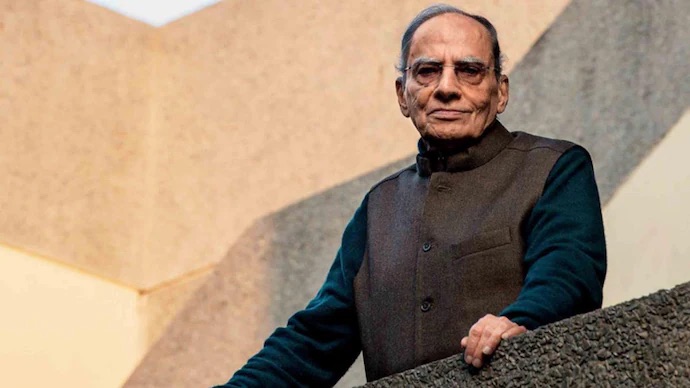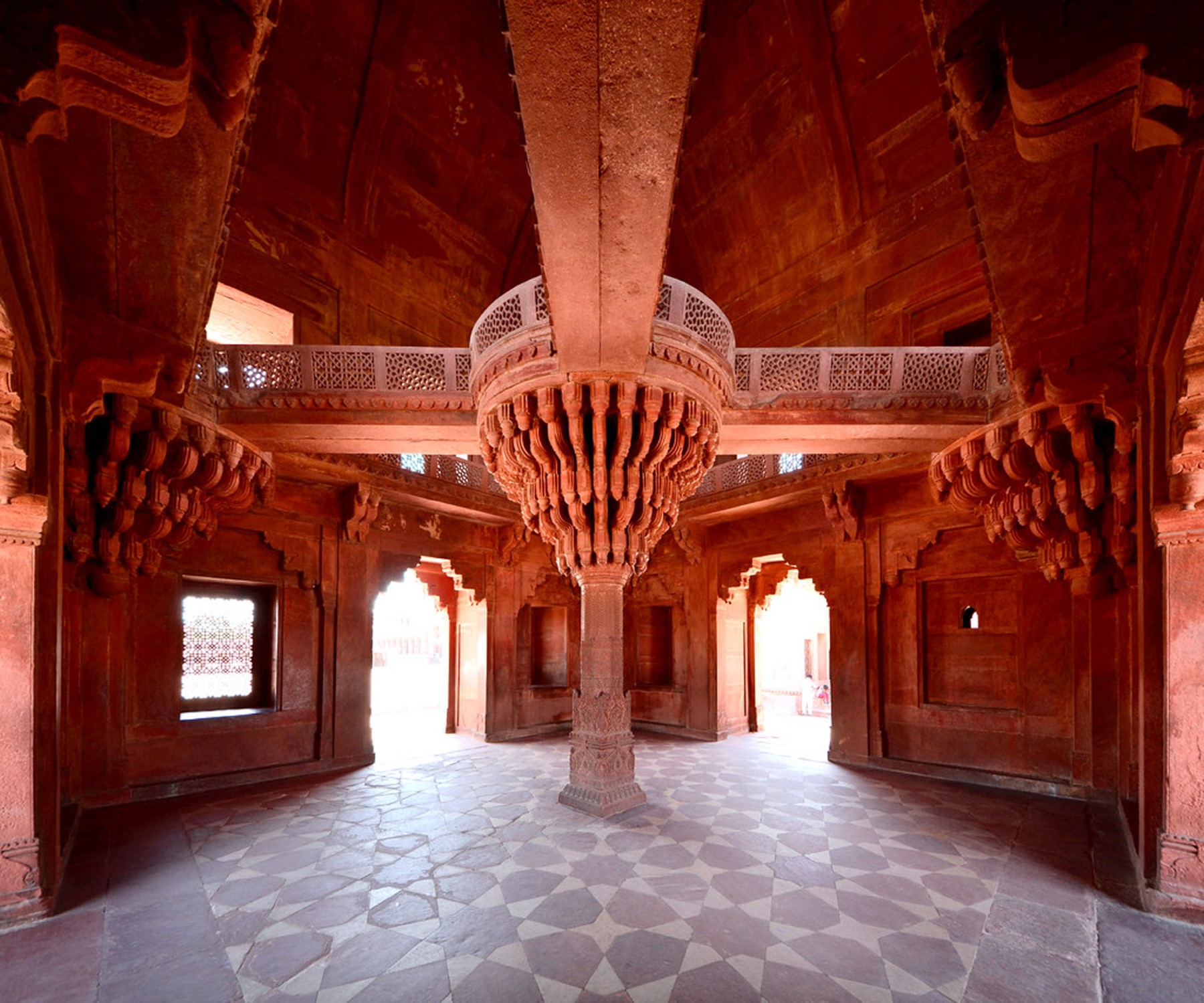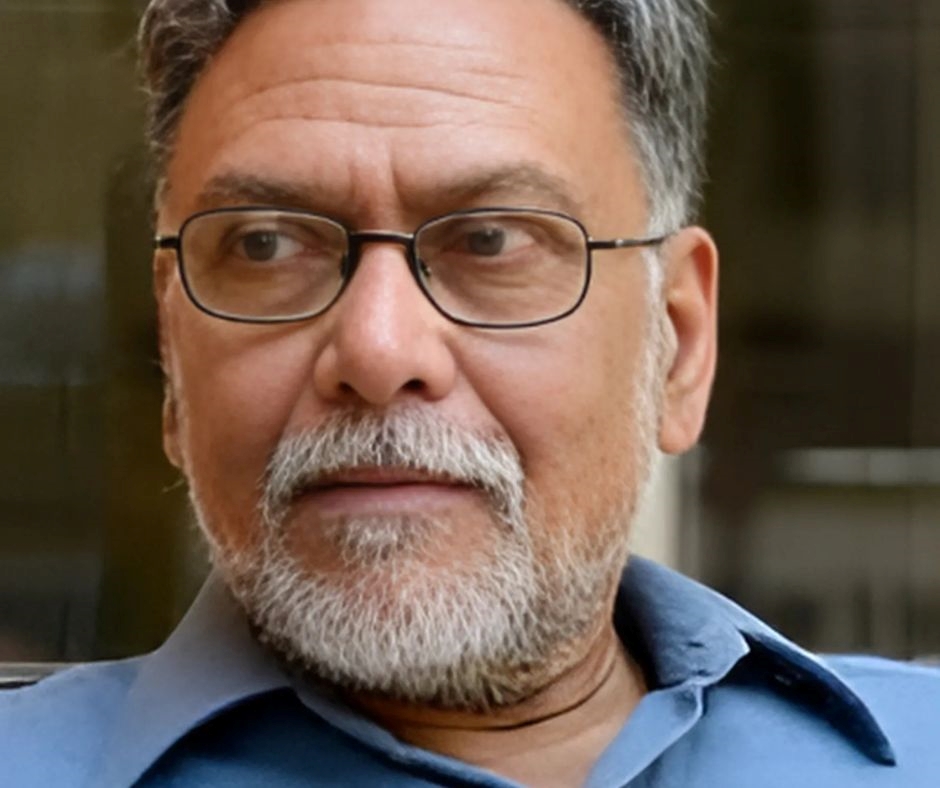Tell us about some important projects that your studio was involved in just before the lockdown.
We had several projects that were in different stages of design at the time the lockdown was imposed. The GST Bhavan, which is the new state headquarters for the GST Department at 3.5 million square feet in area is one of the biggest projects we are working on. Other projects included an Affordable Housing design in Jagatpur, Gujarat, delivering 500 house units, Adani House – a 45,000 square foot office building in Gurgaon, Open Baramati – which has several public spaces design commissions in the town of Baramati, Maharashtra; and a Staff Housing Township for the Dhamra Port Company Limited, in Odisha for more than 2000 units.
Which were the biggest challenges and fears you faced because of the lockdown?
The nature of our profession, as is very well known, relies immensely on personal interaction amongst the designers across the table. Eliminating such a basic mode of functioning in itself was a big hurdle to deal with.
How do we effectively communicate design ideas through telephonic conversations? Finding a solution to this is something that became incredibly important, and we needed to find ways around this at the earliest.
What were the challenges you faced with the monetary flow in your practice and how are you handling them?
The initial months of the lockdown were of course very unnerving. With clients issuing stop-work notices for several of our projects, the immediate repercussions of these stoppages loomed large over us. We had to plan a certain percentage of salary cuts for all our employees, the architects, engineers as well as office support staff. These salary cuts were in effect for around 4 months. Thankfully though, after the initial hiccup, we have been lucky to continue working from home through the entire lockdown, and most importantly did not lay off any of our architects or staff through these trying times.
How are you strategizing to adapt to the new conditions of work upon resumption of office post the lockdowns?
We have resumed meeting sparingly in office since mid-July. By staggering the days on which different project teams meet, we have tried to restrict the number of people meeting in the office on any given day to a bare minimum. Over the last couple of months, we were almost working at full capacity owing to certain deadlines that had to be met for a couple of projects, but we have now moved back into our staggered meeting plans and schedules for meeting in the office. Software and hardware demands of certain project teams do necessitate groups to come to the office more frequently and this is managed organically with the work plan for each week.
Were any new methods of work evolved during the lockdown?
The primary tool as mentioned earlier that needed to be developed was to effectively communicate through online platforms and yet strive to achieve the same level of efficiency or output as under normal circumstances. The teams have adapted using Zoom, Microsoft teams and Any Desk for online discussions, and the draw-on-screen tools have replaced the drawing/ sketching work that would take place at the office. Drawings or presentation material is shared through email beforehand for the team’s review, and subsequent discussions are held online.
A positive impact this has had on the work process is to improve everyone’s abilities to synthesize and collate material to be able to present comprehensively and have a fruitful discussion. This goes a long way in the office since the teams are compelled to critically assess what is important and what is not.
Interactions with clients have also been changed radically. With our projects strewn across the country in Mumbai, Delhi, Ahmedabad, Pune, Dhamra, Faridabad and Khurja to name a few, the frequency of site visits has reduced drastically. Meetings in person to have seen a sharp decline. As we move forward, even though the possibility of these physical meetings would increase, I see ourselves scheduling the increased number of online interactions to reduce time spent or wasted in travel and to optimise the working hours of the day.
How were the coordination issues resolved with the studio staff and on-site team?
With the enforcement of the lockdown, all on-site activities across all of our projects had come to an abrupt halt. Once trains and buses were started across states, workers who had been stranded on-site or in cities away from their hometowns headed back immediately which greatly impacted any potential work on site. The on-site work for those projects have still not resumed, so we have not had to deal with these coordination issues as yet.
What were the biggest learnings from the pandemic? And which decisions and new work methods you feel your studio will continue with for the future?
The pandemic has certainly forced us to review the design processes and standard practices that we engage in at the office. Whether it is the intensity of physical interaction, frequency of project reviews, time spent or wasted in travel or the efficiencies and outputs expected from the team, they have all come under the scanner to work towards a better way of functioning. And in many ways, we are grateful for it.
Redundancies that build up over many years of practice have been cut down. The comfort of the daily routine has been turned upside down, and we have started defining new normality going forward.
These new modes of professional engagement within the office as well as with clients will continue, and with that, we hope to define a new standard of professional practice for our firm.
How have your contractors and labour network been influenced by the lockdown and what measures have you made to sustain or revive them?
Contractors faced the same fate as the rest of the industry. Our clients also issued stop-work notices with severe restrictions on cash flow. Having said that, apart from the first few months of the lockdown, construction activities seem to have resumed in full swing in sites across the country.
Are you involved in any off-studio/allied initiatives such as office collaborations, NGO and social projects, working with authorities, photography, writing, research, conservation, etc.? How were these initiatives influenced by the lockdown, and how are you handling them?
At a personal level, I am a visiting professor at Kamla Raheja Vidyanidhi Institute for Architecture (KRVIA) in Mumbai where I teach in the Architectural Design studio for the 4th year. Our fall semester this year was a particularly tough one – with the entire program being conducted online and with students joining in remotely from all across the country as many have gone back to their hometowns. We faced similar challenges that we experienced at work with communication being the biggest hurdle to overcome. The overall output of the design studio did take a hit, but this is something we had planned for at the outset with a reduced scope and limited deliverables since group work was physically not possible for any of the stages of work.
Our practice has always stood committed to the development and improvement of public spaces throughout the city of Mumbai. Our project faced major setbacks through the pandemic since the Centre stopped releasing MPLAD funds to the local Collectors. The funds were being diverted to the PM Cares fund, as we were told. Contractors have also refused to continue work without the clearance of past dues for the work already carried out. The project is now at a standstill and we are exploring various options to secure additional funding to complete the project in its entirety.
This commitment sees the studio engaging in projects with local area residents, elected representative MLAs, MPs and city officials in various areas of the city. Our latest such engagement is a particularly ambitious one, the Irla Nullah Rejuvenation Project. Some of the most successful public spaces such as the promenades of Bandra Bandstand and Carter Road, the Land’s End Amphitheatre, Re-envisioning of Juhu Beach have been the product of these endeavours. This project aims to re-vitalise a 1.2km stretch of the nullah and reclaim the spaces on either side of it as walking and cycling tracks complete with landscaping and lighting and most importantly clean the dirty waters that flow within it. With over 300 kilometres of nullahs in the city of Mumbai, we hope this project becomes an appropriate pilot project that can be replicated and scaled up across the entire city. The project has been funded generously by Javed Akhtar who pledged his MPLAD funds and is being implemented by MHADA along with the active support and vigilance of local area residents. PKDA are the principal designers, along with NEERI and IIT-B who have designed the water filtration and cleaning systems. The objectives of this project are manifold, but primarily deal with conservation and rejuvenation of our natural assets along with their integration into the physical and social fabric of communities, and to ensure that people have easy access to linear, decentralised open spaces within their neighbourhoods as opposed to one central park in the city.
About the Practice –
Please let us know about the founding year, principals, team and studio.
PK Das and Associates was founded in 1980 and the principal architect is P.K. Das. Samarth Das is an Urban Designer and Architect based in Mumbai. He has completed his Masters in Urban Design and Architecture from the Graduate School of Architecture, Planning and Preservation, at Columbia University in New York. Samarth completed his Bachelor of Architecture from KRVIA in Mumbai. Having practised professionally in Ahmedabad, Mumbai and subsequently, in New York City, Samarth’s work focuses on engaging actively in both public as well as private sectors. The work aims to design and articulate shared spaces within cities that promote participation and interaction amongst people.
Since June 2014, he has been working in Mumbai with the architectural and planning firm PK Das and Associates as a Design Lead. The firm’s wide spectrum of work includes projects in urban planning and design, architecture, interiors and social and environmental sectors. Samarth is currently working on projects such as the rejuvenation of the Irla Nullah precinct in the suburb of Juhu in Mumbai. Besides, he also is involved in comprehensive tourism plans for Juhu and Versova beaches among other projects in the public realm. His engagement also includes the design of several family houses in the city of Mumbai, housing projects in Ahmedabad, New Bombay and in Bhubaneswar, design of the new GST Bhavan for the Government of Maharashtra, master planning and architecture design of Motilal Nagar in Goregaon in Mumbai which is one of the city’s largest cluster redevelopment projects.
He is one of the Founding Trustees of the Equal Streets Movement – a citizens group that promotes walking and cycling within Mumbai city. Other engagements include a documentary film entitled ‘Reading Architecture Practice: Mumbai’ co-scripted and directed by Samarth Das, Rajeev Thakker and Shreyank Khemalapure. The film had its premiere screening in Mumbai in 2017 and has received critical acclaim amongst the fraternity in Mumbai. He is also a visiting faculty at KRVIA teaching Architectural Design for 7th and 9th-semester students.
What are some of the processes and work methods unique to your practice?
Shared common spaces bring people together, they comfort and rejuvenate. They give people a sense of belonging and commonality of purpose. Conceived as courts, streets, avenues, atria, terraces, verandahs, galleries, squares and forums, they form, individually and together, the most vital elements in all our design projects. Their interaction and networking extend relationships and nurture a spirit of solidarity. Such spaces are extremely essential today when urbanization and privatization considerably downsize them and seriously affect social development and community life. Thus, while built environments are generally evaluated by their exclusivity, we accord the highest value to the ‘inclusiveness’ that they provide. It is this common purpose and mutual relationships that give shared common spaces a dynamic character and not the mere physical statement of the buildings or their embellishments. This belief resonates strongly in our architectural practice, and shared common spaces have become the backbone of all our designs, even for very compact offices or residential interiors. We have transformed marginal transitory spaces into vibrant areas for lively interaction and often networked them in a manner that the expanse also provides relief from the highly built urban spaces outside and the busy workspaces within. These influence us greatly in the concept and design evolution stages of our projects.







